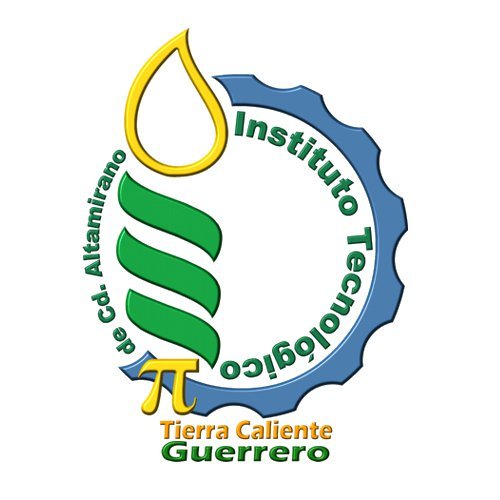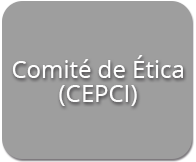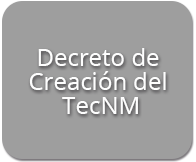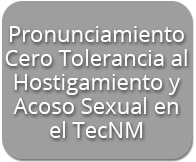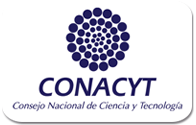Producción de Tomate Saladette (Lycopersicum esculentum Mill.) con Micorrizas y Biol en la Cuenca del Papaloapan
Emanuel Pérez-López1; David de Jesús Iturbide Harnández1; Mercedes Muraira-Soto1; Roberto Panuncio Mora-Solís1; Rubén Onofre Aguirre-Alonso1
1Instituto Tecnológico de la Cuenca del Papaloapan. San Bartolo, Tuxtepec, Oaxaca.
Autor responsable: This email address is being protected from spambots. You need JavaScript enabled to view it.
Resumen
El tomate saladette (Lycopersicum esculentum Mill) es uno de los cultivos de mayor importancia económica y de mayor extensión en el mundo, se cultiva tanto en invernaderos como en campo abierto. El presente proyecto se realizó con la finalidad de hacer una comparativa en producción empleando micorrizas en agroecología y agricultura convencional, bajo condiciones de invernadero en el cultivo de tomate de crecimiento indeterminado. La metodología para la comparativa consistió en el control y registro del proceso de germinación (desinfección de charolas de siembra, desinfección de sustrato y determinación del porcentaje de germinación); establecimiento del cultivo realizando labores culturales como la preparación y desinfección del terreno, elaboración de la cama de siembra, instalación de sistema de riego y acolchado para ambos sistemas, generando aplicaciones semanales de concentraciones de micorrizas en el sistema de riego, con concentraciones en el Tratamiento 1 (30g), Tratamiento 2 (50 g) y testigo empleando biol con una concentración de 1:10 v/v. Los resultados muestran una diferencia numérica entre cada tratamiento, sin embargo, no se determina una diferencia significativa entre el tratamiento 1 y 2, estando presente entre los tratamientos evaluados y el testigo, con ello se acepta la hipótesis nula derivado de que no existieron diferencias estadísticas entre el follaje, grosor, altura, numero de hojas y fruto.
Palabras Clave
Agroecología, biol, invernadero, micorrizas, tomate saladette.
Abstract
The saladette tomato (Lycopersicum esculentum Mill) is one of the most economically important and widespread crops in the world, it is grown both in greenhouses and in open fields. The present project was carried out with the purpose of making a comparison in production using mycorrhizas in agroecology and conventional agriculture, under greenhouse conditions in the cultivation of tomato of indeterminate growth. The methodology for the comparison consisted of the control and recording of the germination process (disinfection of planting trays, disinfection of the substrate and determination of the germination percentage); establishment of the crop by carrying out cultural tasks such as the preparation and disinfection of the land, preparation of the planting bed, installation of the irrigation system and mulching for both systems, generating weekly applications of concentrations of mycorrhizae in the irrigation system, with concentrations in the Treatment 1 (30g), Treatment 2 (50g) and control using biol with a concentration of 1:10 v/v. The results show a numerical difference between each treatment, however, a significant difference is not determined between treatment 1 and 2, being present between the evaluated treatments and the control, thus accepting the null hypothesis derived from the fact that there were no statistical differences. between foliage, thickness, height, number of leaves and fruit.
Keywords
Agroecology, biol, greenhouses, mycorrhizae, saladette tomato.
EXTENSO;



